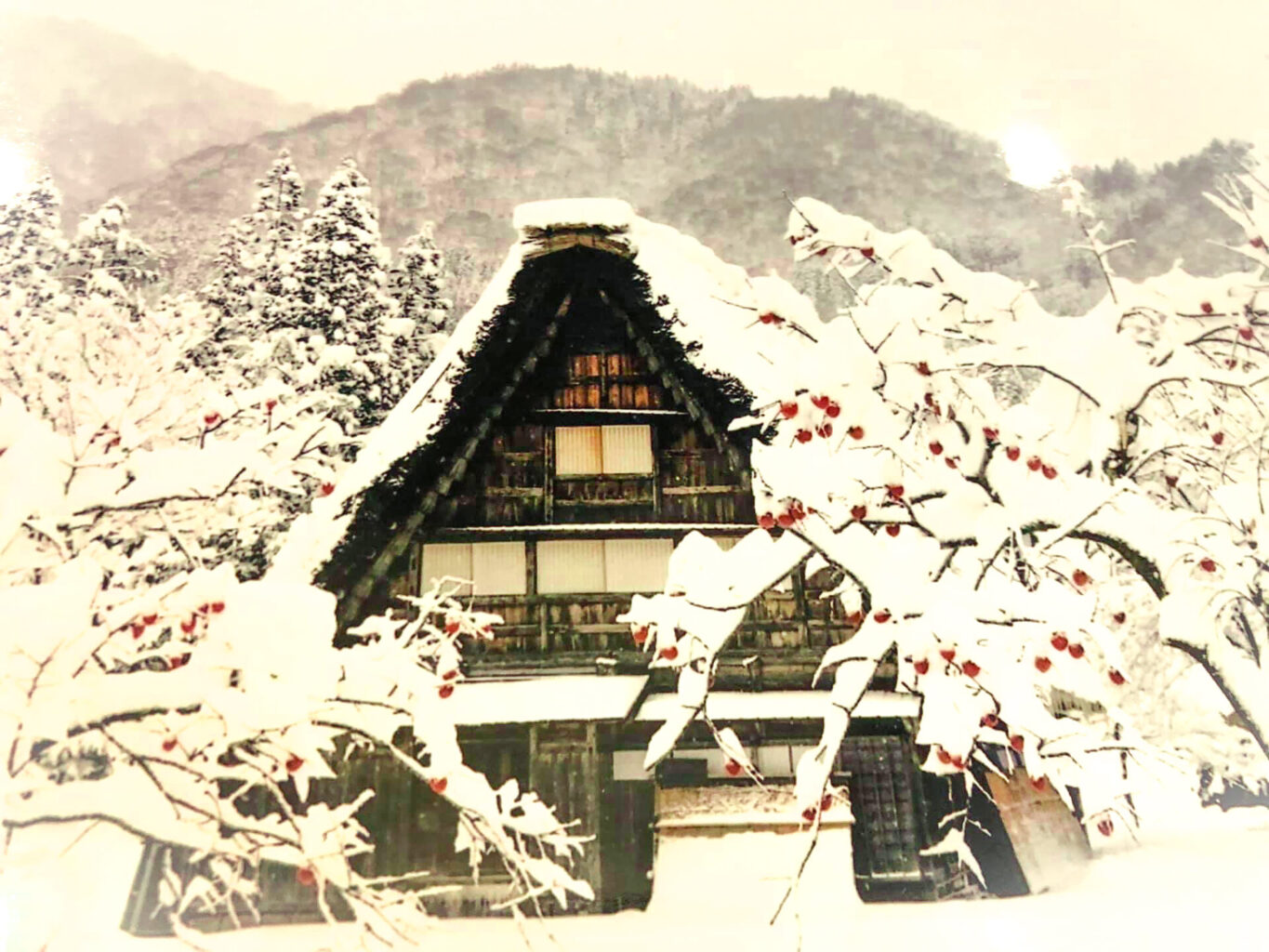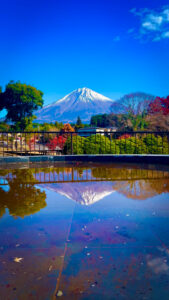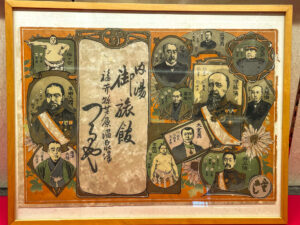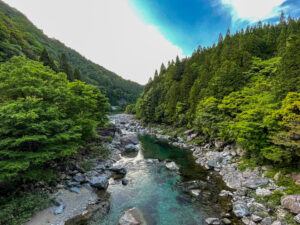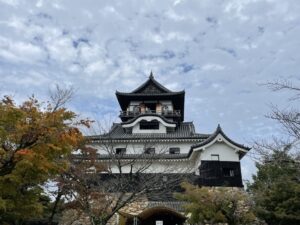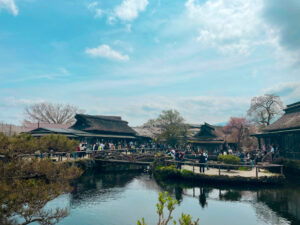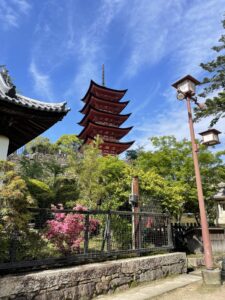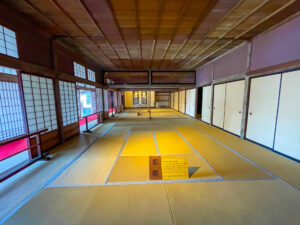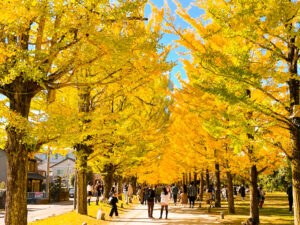Shirakawa-go village in Gifu pref
Shirakawa-go is a picturesque village located in the Gifu Prefecture of Japan, renowned for its traditional gassho-zukuri farmhouses, some of which are over 250 years old. The name "gassho-zukuri" comes from the Japanese word for "praying hands," as the steep thatched roofs of the houses resemble hands pressed together in prayer. These roofs are designed to withstand the heavy snowfall that the region experiences in winter.
Shirakawa-go, along with neighboring Gokayama, was declared a UNESCO World Heritage site in 1995, recognized for its well-preserved buildings that illustrate a traditional way of life perfectly adapted to the environment and people's social and economic circumstances. The village is set in a stunning, remote mountain landscape, providing a tranquil and beautiful backdrop that changes with the seasons, from lush green in spring and summer to a blanket of white snow in winter.
Visitors to Shirakawa-go can explore the historic homes, some of which have been converted into museums, guesthouses, or restaurants, allowing an immersive experience into the area's culture and history. The village is particularly popular during the winter months when the snow-covered houses are illuminated at night, creating a magical, almost fairytale-like scene.
The region is not only famous for its architectural heritage but also for its traditional crafts and foods, offering a unique glimpse into Japan's rural heritage. Shirakawa-go is a testament to the cultural richness of Japan and the importance of preserving historical structures and lifestyles in the face of modernization.

